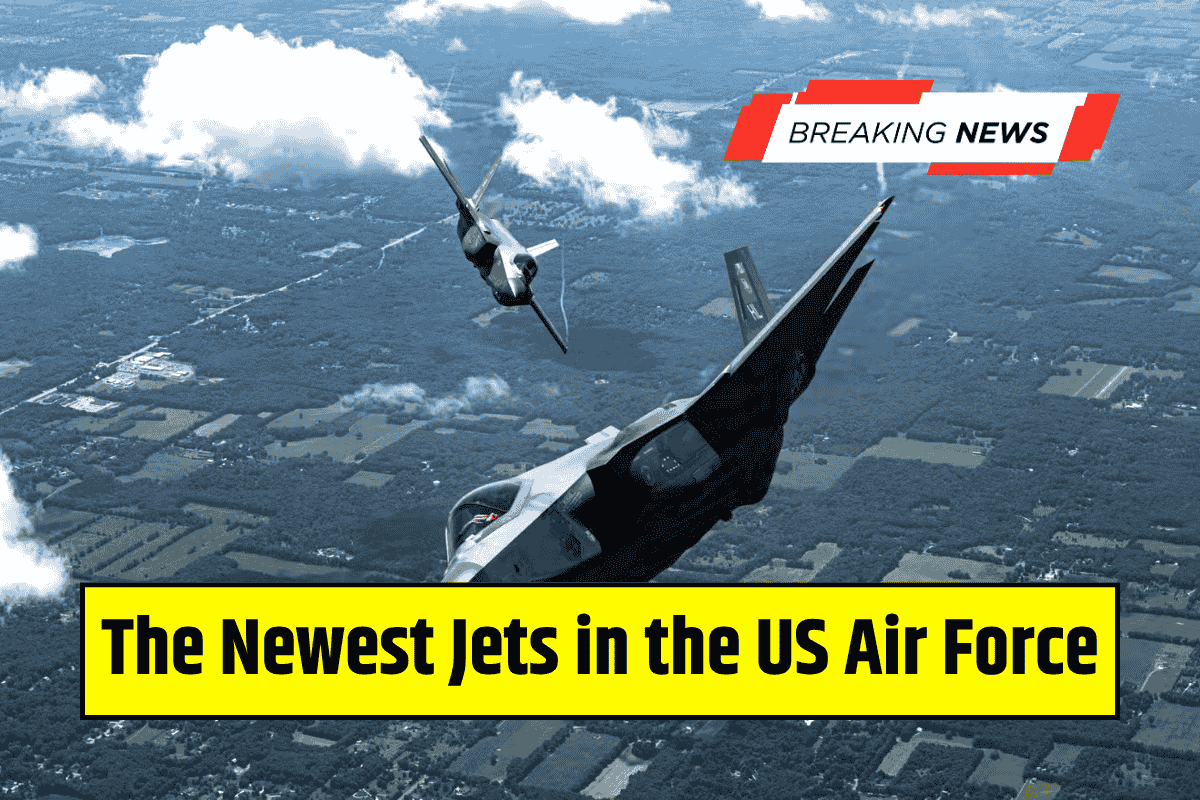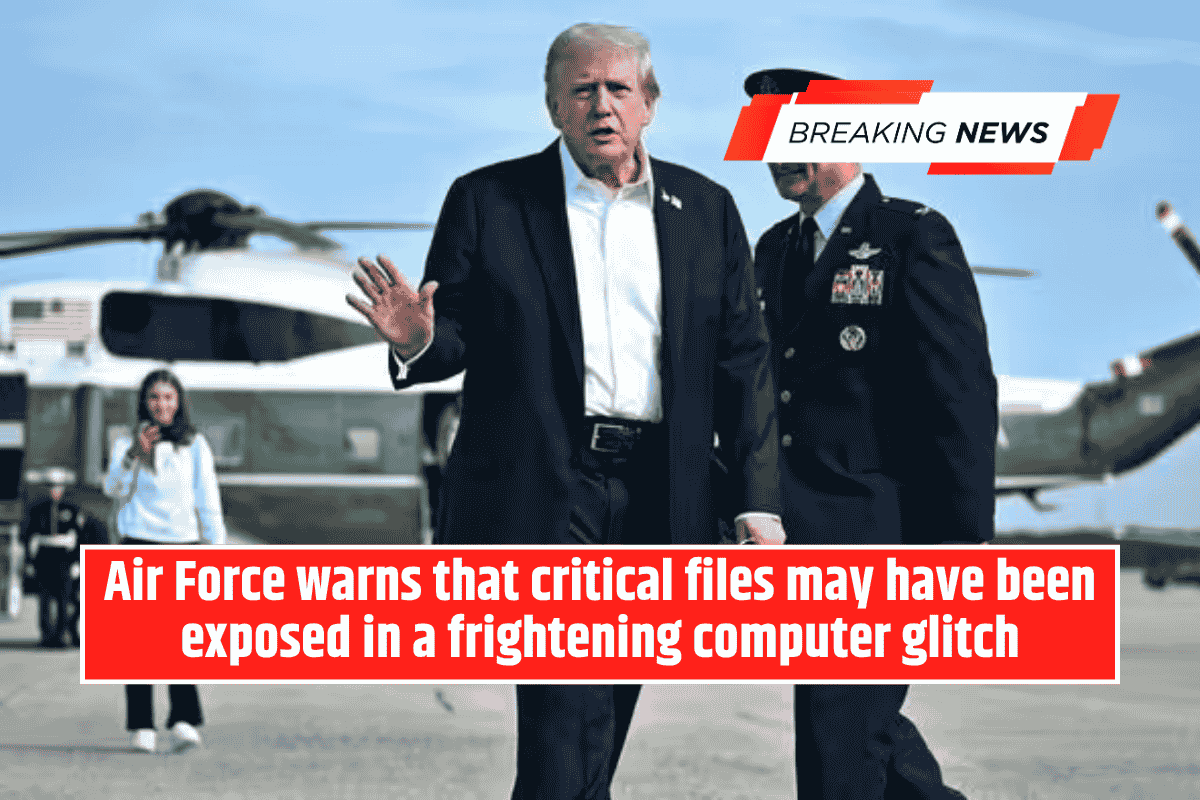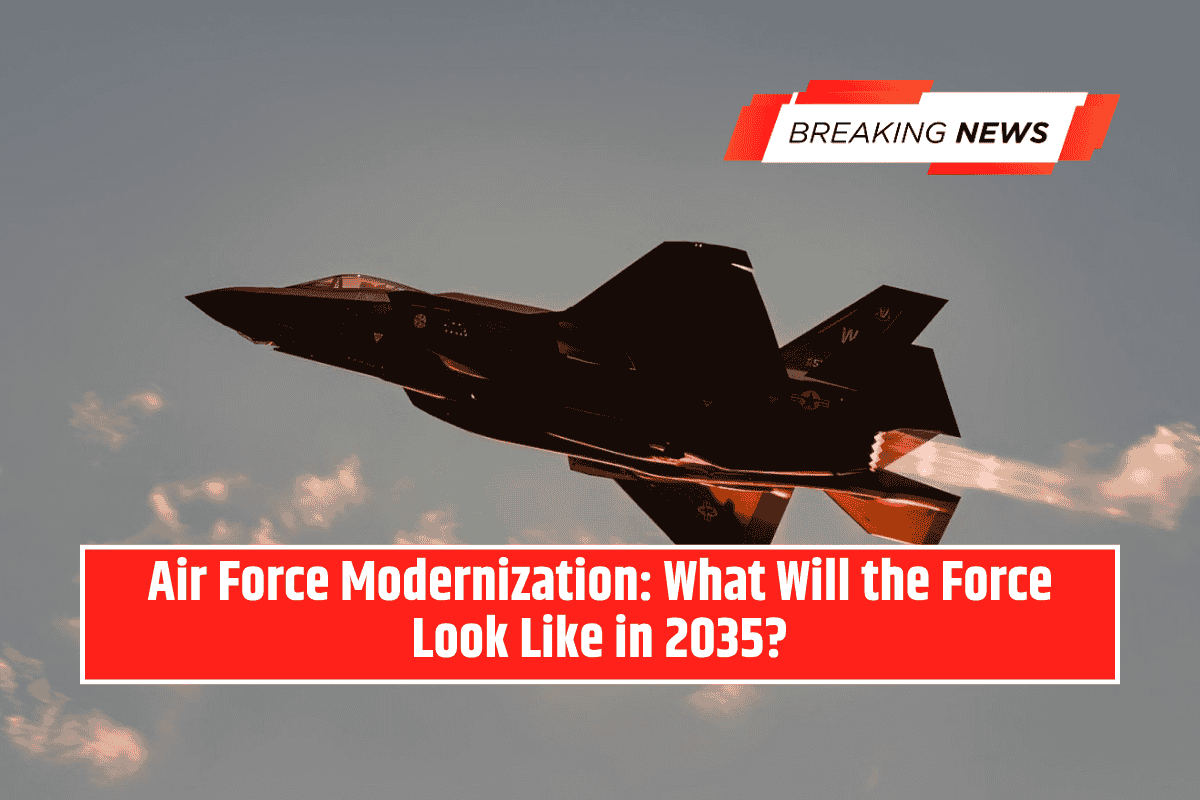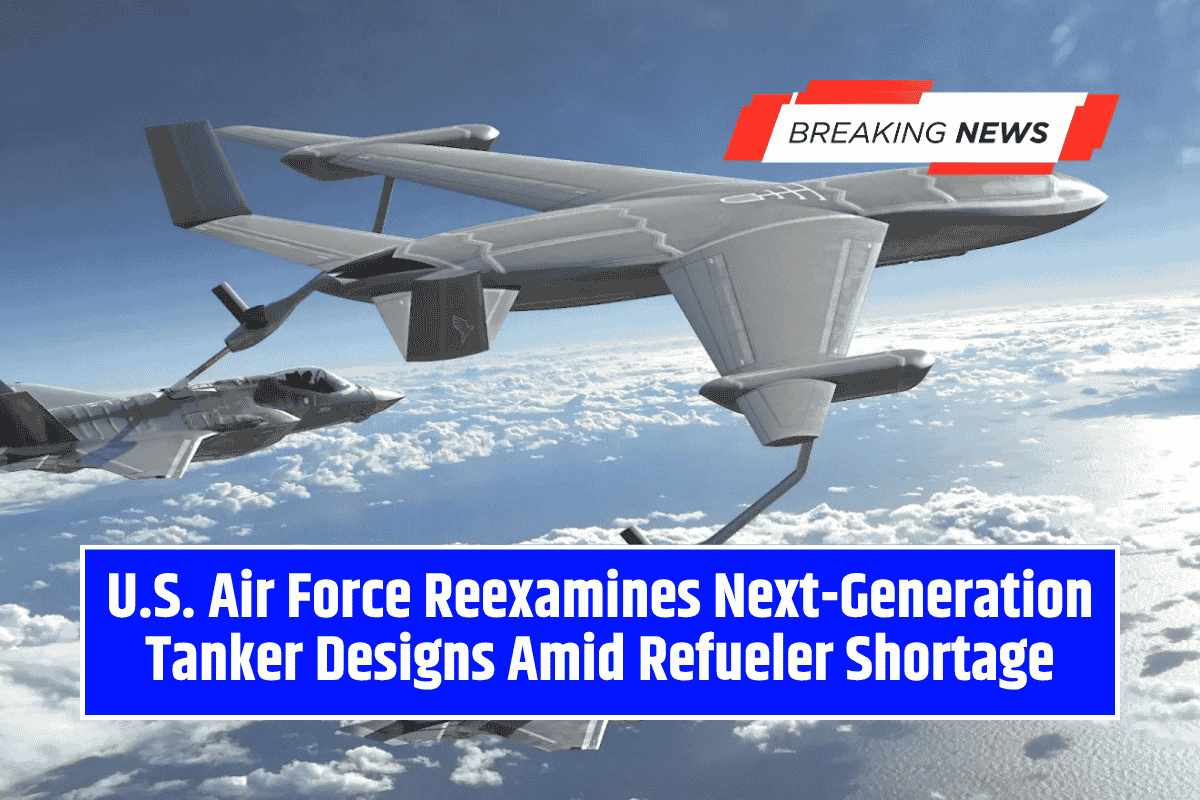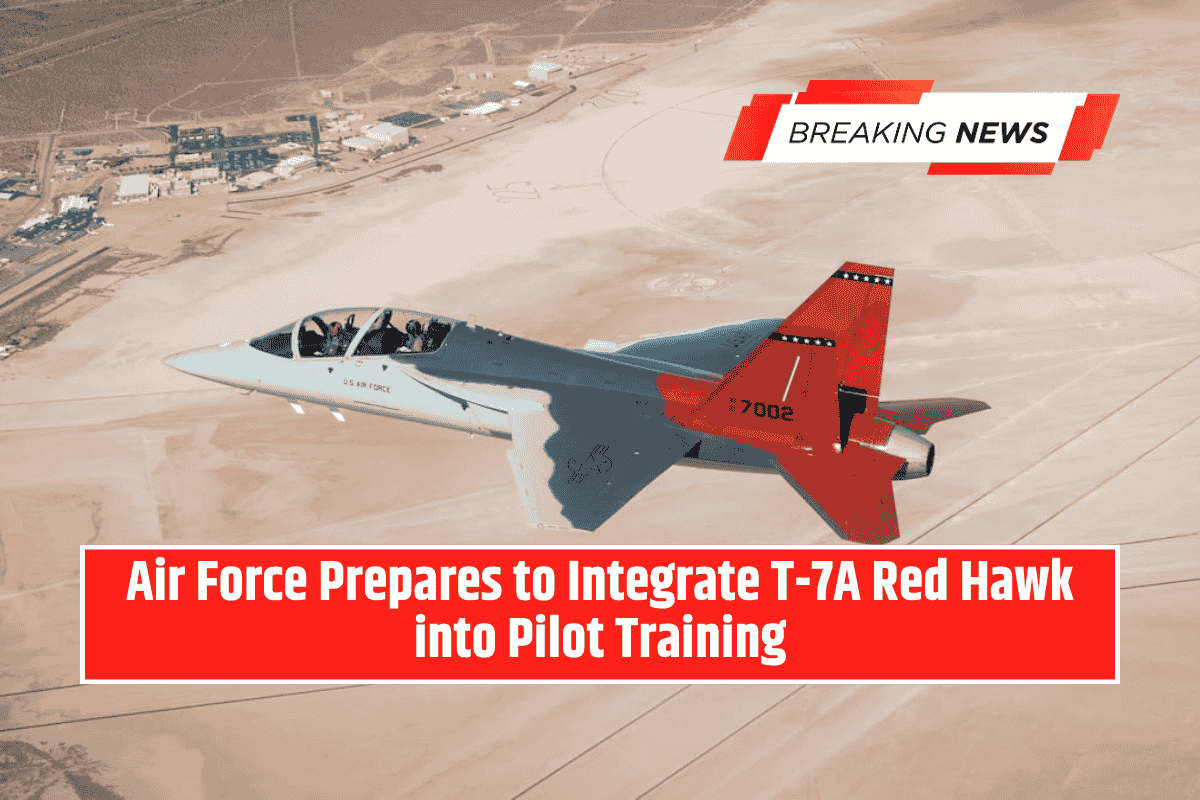The F-35 Lightning II stands as the most ambitious combat aircraft program in U.S. history. Born from the 1990s Joint Strike Fighter program, the F-35 was designed to replace multiple aging aircraft across U.S. services and allied fleets.
Chosen over Boeing’s X-32, Lockheed Martin’s X-35 evolved into the F-35A, B, and C variants, each tailored for the Air Force, Marine Corps, and Navy. Operational service began in the mid-2010s, cementing the F-35 as the backbone of allied airpower.
Despite controversies over cost overruns, software delays, and sustainment challenges, the jet’s stealth, sensor fusion, and networked warfare capabilities make it central to modern combat.
Congress projects sustainment through 2088 will cost over $1.5 trillion, but the F-35’s global presence and upgrade potential anchor its role in U.S. and allied strategy.
Role, Popularity, and Longevity
The F-35 serves not just as a fighter, but as a multirole platform that conducts strike, ISR, and electronic warfare missions. The Air Force’s F-35A is set to replace F-16s and A-10s, while the F-35B and F-35C expand reach for the Marines and Navy. International adoption ensures interoperability across coalitions, reinforcing deterrence and operational cohesion.
Its longevity rests on five pillars:
- Stealth and survivability against advanced defenses.
- Sensor fusion and networking as a battlefield information hub.
- Modular block upgrades to inject new technology.
- A vast fleet base ensuring economies of scale.
- Digital sustainment systems to manage lifecycle costs.
Together, these factors suggest the F-35 could remain relevant well into the 2070s.
Why Keep the F-35 Through 2070?
Replacing the F-35 with a clean-sheet design would be risky and costly. Developing a new fighter could cost $50–100 billion and take decades, while upgrading the F-35 in block increments is far cheaper and faster.
Its global industrial base, supply chains, and political buy-in make sustaining the fleet more feasible than starting over.
Yet challenges remain: sustainment costs will climb, and adversary advancements in hypersonics, networked sensors, and counter-stealth may outpace incremental upgrades. Whether the F-35 adapts or cedes primacy will depend on how well modernization keeps pace with emerging threats.
NGAD, F-47, and the Future Fleet
The Air Force’s Next Generation Air Dominance (NGAD) initiative, now embodied in the F-47 sixth-generation fighter, represents the next step.
Built for extreme stealth, extended range, and advanced sensors, the F-47 will work alongside Collaborative Combat Aircraft (CCAs) — unmanned drones acting as loyal wingmen.
With procurement capped around 185 jets, the F-47 will be a specialized spearhead, while thousands of F-35s provide the backbone. The U.S. Navy’s F/A-XX program parallels this path, underscoring a future built on manned-unmanned teaming and a “family of systems” approach.
Is the F-35 the Last Manned Fighter?
Some speculate the F-35 could be the last manned combat aircraft. Yet experts argue that human pilots will remain essential for decision-making, accountability, and adaptability.
Instead of being replaced outright, manned fighters like the F-35 and F-47 will increasingly command drone swarms, blending human judgment with machine scalability.
CCA prototypes like the YFQ-42A and YFQ-44A, along with projects like Lockheed’s Vectis, show that drones are shifting from support to direct combat roles. Still, near-term doctrine points toward hybrid fleets rather than fully autonomous air forces.
Continuity and Change
The F-35 is both the product of decades of innovation and a bridge to the future. It remains central to U.S. and allied airpower, with a roadmap for upgrades that could keep it flying into the 2070s. At the same time, the F-47 and drone programs signal a new era of hybrid warfare.
Whether remembered as the last manned fighter or the foundation of a new generation, the F-35 symbolizes the constant evolution of aerial combat — where stealth, sensors, and human-machine teaming will define the skies of the future.
